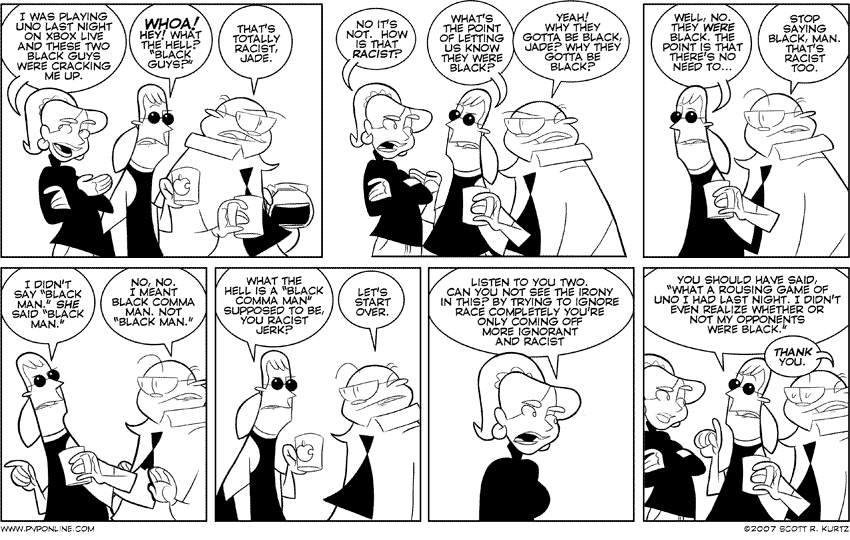
As I read through the section on the "working class schools", as referred to by Finn, I got a sense of overwhelming anxiety. It was so many of the things I see in the school I work in. Mostly new, inexperienced teachers, using low level materials, "dumb-ing things down", skipping lessons due to difficulty, lazy students, parents that don't care, and students don't want to learn.... these things I had heard in my school. I had teachers actually explain that they just skip the confusing or difficult concepts in math in order to keep with the pacing guide and I would need to do the same if I didn't want to fall way behind. I was told "You don't have to teach social studies there is no curriculum anyway so don't bother, it's just more work for you". When I went to other teacher's rooms to borrow things or look for ideas I was often disappointed to find very low level, easy and below grade level items they were using. When I explained to one colleague I previously taught third grade in Smithfield, she stated that's about the same level as your students now, just do the same thing. Next, in Finn's discussion of "middle class schools" and the teachers teaching knowledge from text books or curriculum, students just gaining knowledge or understanding, providing little excitement over schoolwork, not offering ways to use creativity, voice, and choice for students, and the anxiety about test scores were his main points. Again, the anxiety strikes, that's the rest of them. From what I've experienced we have both of these situations going on and our test scores, performance, and student success are all suffering. It was very eye-opening!
Over the past two years, I've decided to change my teaching practice to Blended Learning. (Check out this video if you want to learn more.) In Blended Learning students have much more voice and choice. It is demanding to plan for but produces amazing results. Blended Learning really mirrors what Finn described as going on in "affluent professional schools" The focus here was on creativity and personal development, discovery and experiences, "higher concepts" taught, current events incorporated, independence and creativity fostered...all the stuff we want for EVERY student. I believe in setting high standards and then encouraging students to exceed these standards. I have seen students who struggle, achieve their goal just because someone else believed in them. There are so many great ways to incorporate such amazing technology and student choice in the classroom that I believe we can get all students motivated to learn. In a Blended Classroom there are many different ways a student can chose to show mastery of a skill. For example, the students had a science report to complete but they decided the topic and how to present it. I had google slide shows, posters, books, models build by students, a game board, and a magazine created by a student to show mastery. After sharing, everyone learned even more content and also learned new strategies, ideas, and new technology to use going forward.




